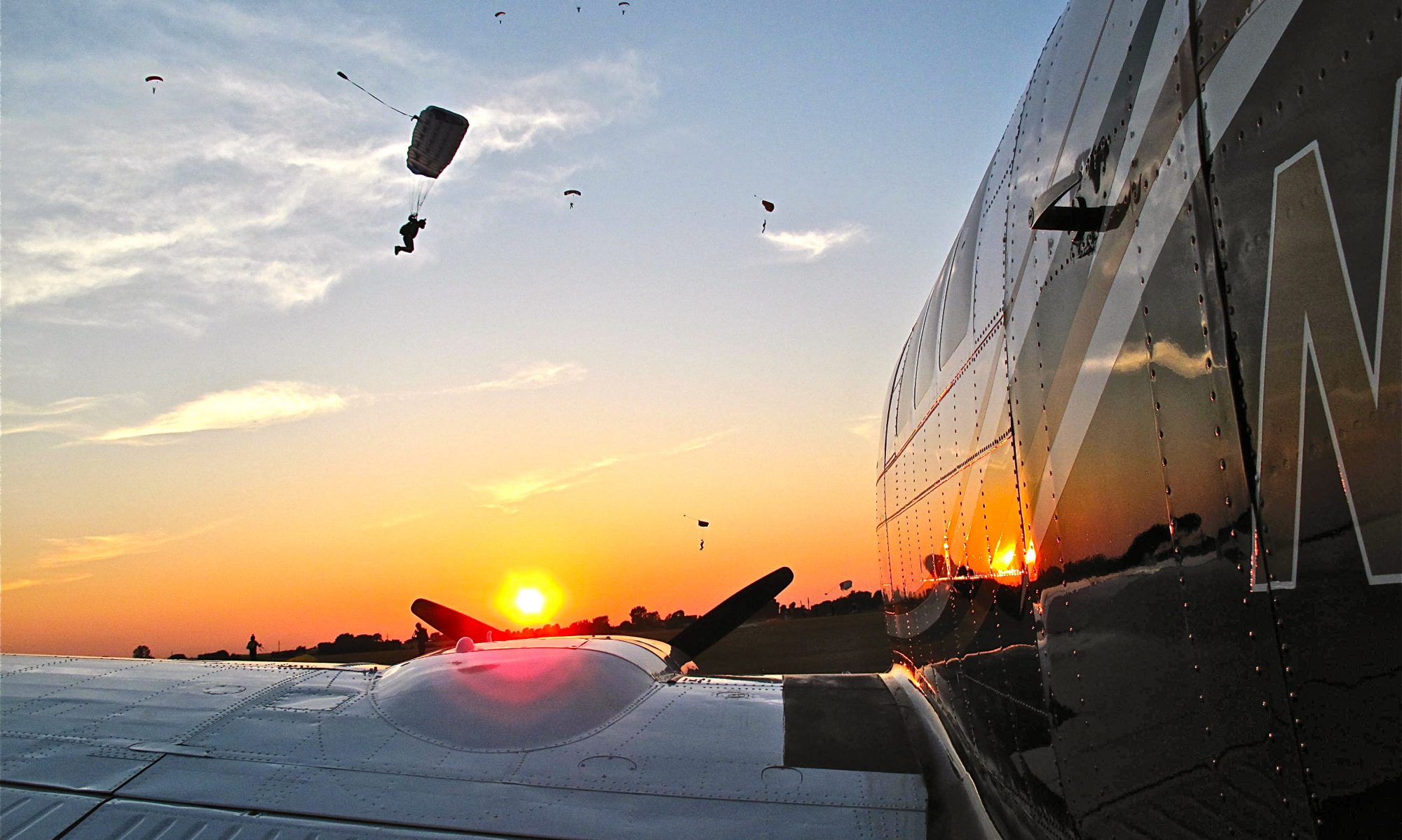We had two losses in recent months that are like so many other previous losses our skydiving aircraft insurance group members sustained. The first lost was a pilot flying a King Air who flamed out one of his engines on jump run. He then subsequently skipped his pre-landing checklist and landed a perfectly flying airplane without remembering to put the landing gear down. The second pilot skipped her pre-taxi check list and forgot to push in the circuit breaker that actuated the hydraulic brakes and steering for her Otter and pulling out from the parking spot, spun her aircraft into a running Otter parked right next to hers. In both cases, had either pilot followed normal protocol and completed either their pre-landing or pre-taxi checklist, neither accident would have happened. BUT………
But, in my opinion, the cause of the accident was not failure to perform a checklist, it goes beyond that. Both of these losses are like so many previous losses our group sustained, and I call it Pilot failure to recognize that he/she are experiencing an “OH SHIT” moment. The King Air pilot was probably thinking, Oh Shit, I just lost an engine. The Otter pilot, who was running a little late probably said, Oh Shit, I am running late and need to hurry.
I know that our pilots fly thousands of loads over and over again and never pull out a written checklist. I prefer they did use one on every load but I never did when I was flying skydivers and I know most pilots today also do not. But pilots can get away with a mental checklist because they are usually in the middle of one of a thousand normal jump flights. Nothing new and nothing different is happening.
Unfortunately, pilots forget to do their usual mental checklists at the very worst time, when something is going wrong or something different is happening. At the very time and on the very flight a pilot should be going over their checklists twice in their head, they don’t do it once! It is just not when something wrong is happening either, it can also be when just something simple but different is happening, like flying a ferry flight to get an airplane to a boogie. It’s a different operation than the one of the normal monotonous thousand jump flights a pilot flies.
We need to teach our pilots to recognize when they are in one of those “OH SHIT” moments. Use whatever you want, but I use to tell my student pilots in my CFI days that if they are thinking “Oh Shit” in their head or saying it out loud, they are in an “OH SHIT” moment and they need to be doing their normal checklists twice. That’s the red flag for a pilot and the equation that will save lives is: OH SHIT! = CHECKLIST.
If a pilot is saying:
Oh Shit, I just lost an engine
Oh Shit, I am running late
Oh shit, a jumper is on my final landing approach and I have to do a go around
Oh Shit, my windshield just fogged up
Oh Shit, I have to fly a ferry flight
Oh shit, this is my 20th load for the day and I am getting tired
Oh shit, it’s getting dark and they want me to fly one more load
Oh shit, air traffic control has me on hold and I am running low on fuel
(Everyone of the above was from one of our group’s actual accidents)
Teach your pilots to recognize that “OH SHIT” moment and go through all checklists twice!
OH SHIT = CHECKLIST
It would have prevented everyone of the above accidents.
Be safe.

